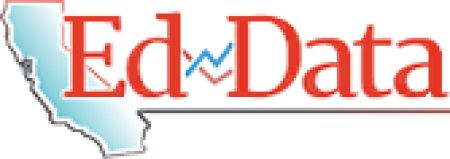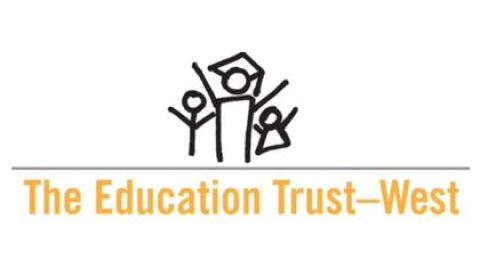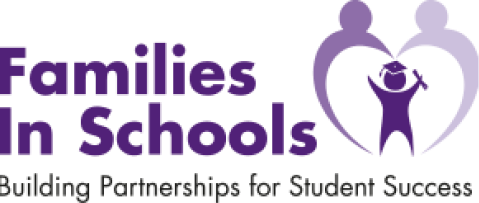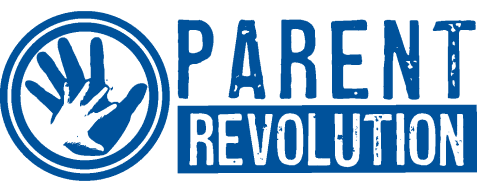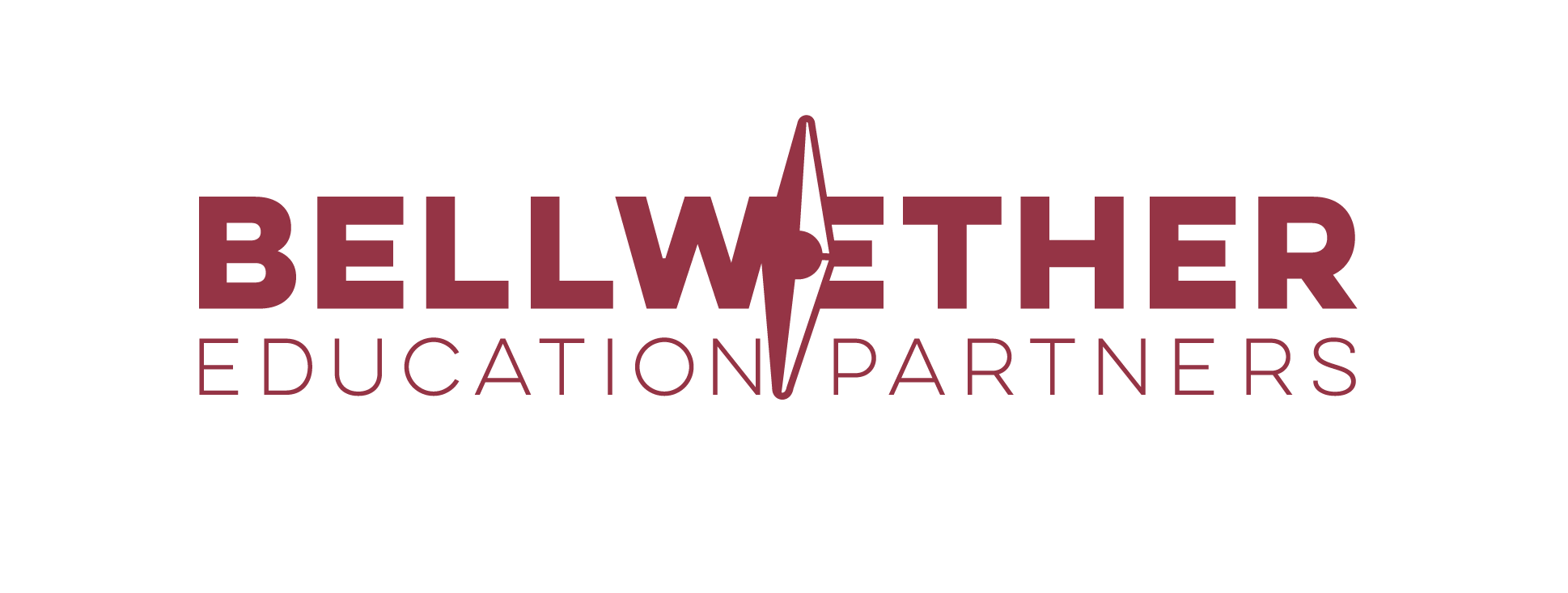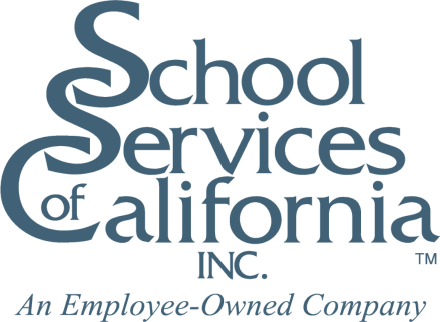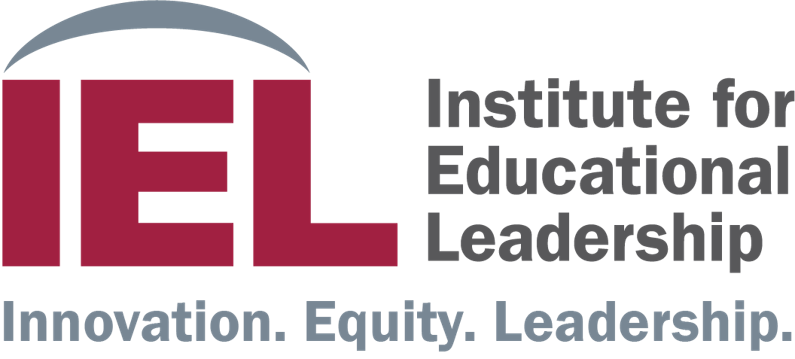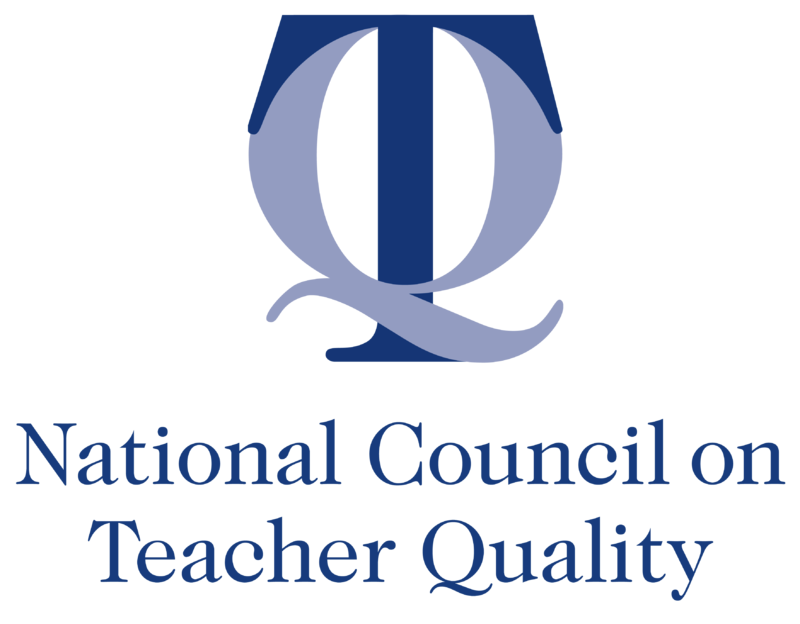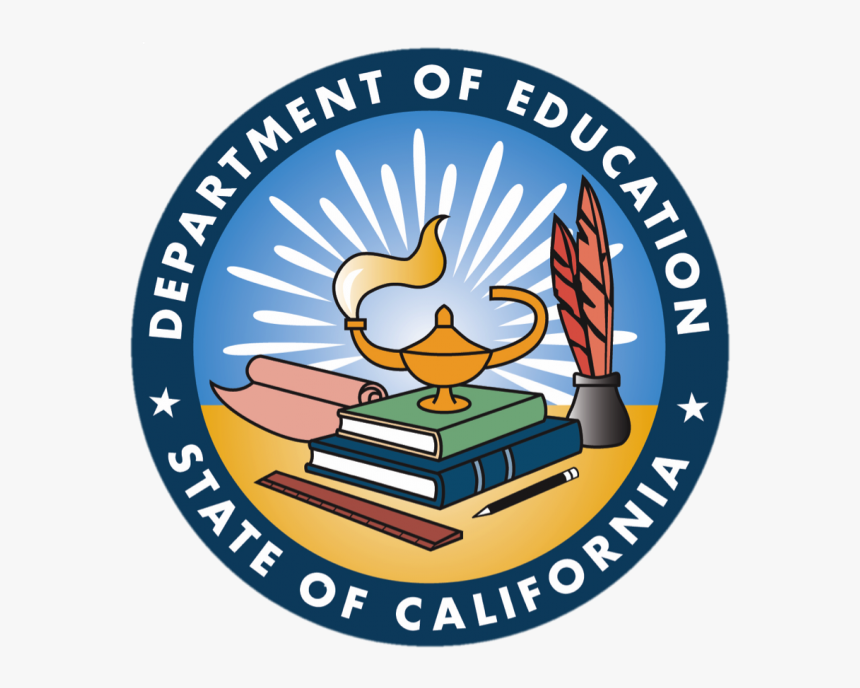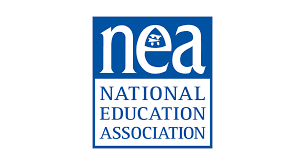Improvement & Innovation Resources
Find resources on school district improvement and innovation for each of the five domain areas below.
Resources that span multiple domains:
California Collaborative for Educational Excellence
The California Collaborative for Educational Excellence (CCEE) was established by the California State Legislature and Governor to advise and assist school districts, county offices of education, and charter schools (local educational agencies [LEAs] achieve the goals and objectives in their Local Control and Accountability Plans (LCAPs). It was created as part of the Local Control Funding Formula (LCFF) legislation that redesigned California ‘s school funding formulas to ensure that there would be sufficient support for students who required additional resources to ensure their success.
https://ccee-ca.org/California School Dashboard
The California School Dashboard provides parents and educators with meaningful information on school and district progress so they can participate in decisions to improve student learning.
https://www.caschooldashboard.org/Ed-Data
Ed-Data is a partnership of the California Department of Education, EdSource, and the Fiscal Crisis and Management Assistance Team/California School Information Services (FCMAT/CSIS) designed to offer educators, policy makers, the legislature, parents, and the public quick access to timely and comprehensive data about K-12 education in California.
http://www.ed-data.org/

 Community
Community

 Finance
Finance

 Leadership
Leadership

 Personnel
Personnel

 Workplace
Workplace
Californians for Justice (CFJ): Student Engagement
CFJ maintains that by seeing young people as experts on their educational experiences we can shift school culture, improve academic outcomes, and develop lifelong community and civic leaders. This starts by ensuring that every student, especially the voices and experiences of low-income students of color, are heard, valued, and reflected in the continuous improvement of their schools.
https://caljustice.org/issues/student-engagement/Californians for Justice School Funding and LCFF
This resource explains the Local Control Funding Formula (LCFF).
https://caljustice.org/issues/school-funding/Student Voice Continuum: How to Build Student Power
The Student Voice Continuum can allow organizations to see how to level up student voice in their work — building engagement and racial equity as they move toward student governance.
https://caljustice.org/resource/student-voice-continuum-how-to-build-student-power/Ed Trust-West Making Sense of Dollars & Cents: Understanding District Budgets
These are resources on how to communicate district budget information to stakeholders.
https://west.edtrust.org/making-sense-of-dollars-cents-understanding-district-budgets/Families in Schools: A Parent’s Guide to School Funding
A Parent’s Guide to School Funding provides a parent-friendly overview of the LCFF priority areas and the Local Control Accountability Plan (LCAP) process, focusing on key information parents need to know and recommended questions parents can ask the school district leaders.
https://www.familiesinschools.org/a-parents-guide-to-school-funding/Families in Schools Training Opportunities for Staff and Parents
Based on more than 20 years of experience working with families, Families In Schools has developed an array of tools and training that help educational institutions, and community-based organizations, better work with and partner with families. Their Family Engagement & Best Practices Institutes focus on helping school, district, and organizational staff learn about research-based strategies and best practices for creating an environment for effective and authentic family engagement.
https://www.familiesinschools.org/family-engagement-institute-trainings/Families in Schools Reimagining Parent Engagement in California
This document, produced by family engagement advocates across the state, offers a set of measurable family engagement indicators for the state to consider as it develops regulations and procedures on the implementation of LCFF.
https://www.familiesinschools.org/reimagining-parent-engagement-in-california/Families in Schools Report: How California School Districts Are Reimagining Parent Engagement in the Era of Local Control Funding Formula
Ready or Not: How California School Districts Are Reimagining Parent Engagement in the Era of Local Control Funding Formula is a report that examines the inner workings of districts across California as they try to meet the parent engagement expectations of LCFF. Drawing on 30 interviews with district leaders and staff members, the report is an honest and highly specific portrait of the very real challenges of parent engagement. It also highlights “signs of progress” that demonstrate districts’ capacity for innovation.
https://www.familiesinschools.org/ready-or-not-parent-engagement-in-california-lcff/Innovate Public Schools National Community Organizer Training Program
Innovate’s Community Organizing Training Program helps build the capacity of education justice organizing by providing high-quality organizing training and accountability structures for new organizers and those looking for refinement. This training program covers all the tools needed by organizers to build teams of leaders that lead to sustainable wins that make the education for our children better.
https://innovateschools.org/community-organizer-training-program/Parent Revolution
Parent Revolution’s mission is to ensure that families, especially those from historically underserved communities, can use their power to secure an excellent education for their children, children in their community, and all children in California.
https://www.parentrevolution.org/BLU Educational Foundation Institute for Civic Engagement
BLU Educational Foundation Institute for Civic Engagement seeks to increase the leadership skills, collaboration, and advocacy opportunities for students, parents, future public officials, and fellow community members.
https://www.bluedfoundation.org/leadership-developmentCalifornians Together LCFF
These publications, policy briefs, and tools document shortcomings and absence of attention needed to drive a funding formula and accountability system that is aligned to current English Learner policy and research on what is needed to accelerate achievement and biliteracy when possible.
https://californianstogether.org/local-control-funding-formula/PPIC Report: Family Engagement Practices in California Schools
This report documents the many ways that 15 California school districts have planned for enhanced family engagement as reported in their district Local Control Accountability Plans.
https://www.ppic.org/publication/family-engagement-practices-in-california-schools/California State PTA School Smarts Parent Engagement Program
The School Smarts Parent Engagement Program is a model for creating meaningful and diverse parent involvement. It brings parents from all backgrounds together in support of their common interest: helping their children and schools succeed.
https://capta.org/focus-areas/family-engagement/school-smarts-parent-engagement-program/PACE Education Finance
PACE research in this area is focused on building and advancing the evidence base on how to achieve equitable and adequate funding that leads to improved outcomes.
https://edpolicyinca.org/topics/education-financeEd-Data
Ed-Data has detailed 2021-22 financial data and comparisons for California's K-12 school districts and county offices of education. The reports, which are unaudited actuals, include data on school district revenues and expenses, the current expense of education calculation, and more. Financial data are available at the school district and state levels only. From any district or county office of education profile, click the financial data tab to see the reports.
https://www.ed-data.org/article/New-on-Ed--Data#financeSchool Finance Resources
This page contains resources on school finance produced by the Learning Policy Institute and other research organizations and leading school finance researchers. Additional content will be added as it is published, including a series of reports on school finance currently being developed by the Learning Policy Institute.
https://learningpolicyinstitute.org/school-funding-resourcesPublic School District Finance Peer Search
The peer tool is intended to compare the financial and demographic characteristics of a single school district with a set of its peers. It displays the information in graphical format in the form of bar charts and pie charts as well as in numeric format. It is intended for simple research and comparisons.
https://nces.ed.gov/edfin/search/search_intro.aspSchool Finance Report by The Learning Landscape
This report presents a balanced assessment of the status of education in the United States by aggregating high-quality research and data from numerous credible sources. Each chapter describes the context and the current state of play in each focus area and highlights key policy issues and trends affecting public education now and in the future, and this one delves into school finances.
https://thelearninglandscape.org/school-finance/School Services of California Inc.’s Fiscal Report
The Fiscal Report provides real-time updates on issues affecting the finances and management of K–12 school districts, charter schools, and county offices of education. This essential resource keeps clients informed of the status and potential ramifications of impending state government actions, both legislative and regulatory, as well as state apportionments, court decisions, elections, and other education-impacting events.
https://www.sscal.com/publications/fiscal-reportPACE Educational Governance and Policy
PACE research in this area is designed to support the continued development of systems, and strengthen educational governance at all levels.
https://edpolicyinca.org/topics/educational-governance-policyCCEE Center for Teaching, Learning, & Leading
The Center for Teaching, Learning, & Leading works in alliance with educators to improve teaching, learning, and leadership so every student is inspired and prepared to thrive as their best self. They do this by advising County Offices of Education and Local Education Agencies, identifying school turnaround principles that effectively build capacity, and building a professional learning infrastructure focused on learning acceleration in Literacy, Mathematics, and Language Development.
https://ccee-ca.org/center-for-teaching-learning-leading/CCEE Center for Innovation, Instruction, & Impact
The Center for Innovation, Instruction, & Impact seeks and amplifies best practices and resources from educators and schools to collaboratively provide students in California with what they need to thrive. They do this by designing and implementing strategies and initiatives to share lessons learned from their work and emerging/best practices from the field to support sustained improvement for students, collecting and analyzing internal programs and statewide data to measure student outcomes and impact of instructional supports, and developing structures for identifying and developing professional learning resources.
https://ccee-ca.org/center-for-innovation-instruction-impact/National Center on Safe Supportive Learning Environments
The National Center on Safe Supportive Learning Environments provides resources to guide district and school administrators on how to provide instructional leadership and develop, implement, and evaluate district and school systems and policies to improve the learning environment and overall academic progress of their students.
https://safesupportivelearning.ed.gov/training-technical-assistance/roles/schooldistrict-administratorsInstitute for Educational Leadership (IEL) Resources
From reports to practical strategies and tools, IEL produces resources for diverse audiences.
https://iel.org/resources/NCTQ Retention and Tenure
School districts need to keep their effective teachers. Better pay certainly helps and so does providing more career advancement opportunities that allow teachers to stay in the classroom. The first step is to cultivate a school environment that values excellence and where great teachers can thrive as they work alongside each other.
https://www.nctq.org/policy-area/Retention-and-TenureNCTQ Teacher Prep Review
The NCTQ Teacher Prep Review evaluates the quality of programs that provide preservice preparation of teachers. The Review database includes both traditional and non-traditional programs.
https://www.nctq.org/review/homeNCTQ Principal Evaluation and Observation
The NCTQ State Teacher Policy Database provides access to information on state policies, laws, and regulations that impact teacher quality — ranging from teacher preparation, licensing, and evaluation to compensation, teacher diversity, and hiring and assignment. The NCTQ examines the principal evaluation policies across all states.
https://www.nctq.org/yearbook/national/Principal-Evaluation-and-Observation-95NCTQ High-Need Schools and Subjects Teacher Compensation Policy
The NCTQ State Teacher Policy Database provides access to information on state policies, laws, and regulations that impact teacher quality —ranging from teacher preparation, licensing, and evaluation to compensation, teacher diversity, and hiring and assignment. Here the NCTQ looks at teacher compensation policies in high-needs schools and subjects.
https://www.nctq.org/yearbook/national/High--Need-Schools-and-Subjects-96NCTQ Teacher Prep Review Standard Program Diversity
The NCTQ examines program diversity in teacher preparation programs. They assert that a diverse teacher workforce benefits all students, but particularly students of color.
https://www.nctq.org/review/standard/Program-DiversityInnovate Public Schools Report: Seen and Affirmed
This report outlines best practices for schools and school systems on how to create conditions for Black educators to thrive and how to embed transformational teaching practices that affirm and are centered around Black students.
https://innovateschools.org/wp-content/uploads/2021/02/2021-Seen-and-Affirmed-What-Black-Educators-and-Students-Need-to-Thrive.pdfEd-Data
2018-19 is currently the latest data released by the state for the number of teachers, certificated staff demographics, and pupil-teacher ratios. These data for schools, districts, counties, and the state are available in the Staff tab. At the district level, you will also find data on teacher salaries through 2019-20 and experience.
https://www.ed-data.org/Californians for Justice Report: Why Race and Relationships Matter in California Schools
This report discusses why race and relationships matter in California schools.
https://caljustice.org/resource/why-race-and-relationships-matter-in-california-schools/BLU Educational Foundation Report: Black Education Agenda
The Inland Empire Black Education Agenda report is a collaborative effort led by BLU Educational Foundation, in partnership with the Center for Social Innovation at the University of California, Riverside, and the Inland Empire Black Equity Initiative. This report uses a mixed-methods approach with quantitative data analysis and in-depth qualitative interviews with Black students and their parents/guardians in the Inland Empire.
https://www.bluedfoundation.org/black-ed-agendaPACE Educator Workforce and Effectiveness
PACE asserts that educator quality is the most influential school-based factor that contributes to student outcomes. PACE's work in this area is designed to highlight the problems in the educator workforce and help the state work toward evidence-based solutions.
https://edpolicyinca.org/topics/educator-workforce-effectivenessEducator Quality Resources
This page contains resources on educator quality produced by the Learning Policy Institute and other research organizations and leading school finance researchers. Additional content will be added as it is published, including a series of reports on school finance currently being developed by the Learning Policy Institute.
https://learningpolicyinstitute.org/topic/educator-qualityCA LMI: Resource Guidebook
The complete new and revised CA LMI Resource Guidebook is designed to support labor-management teams as they move through the Six Elements of Partnership; Launch, Build, Refine, Problem Solve, Grow and Advance. This 125 page resource compilation is designed to be used in CA LMI Convenings and has tools, research, team activities and links to the CA Professional Leadership Standards.
https://drive.google.com/file/d/1k8-3NxBSAFniAq6U057TWgobR2QPqFht/viewCA Labor Management Initiative
Since its launch in 2015, the California Labor Management Initiative (CA LMI) has sought to make collaboration between labor and management an integral part of the continuous improvement of public schools in California. The CA LMI works with a strong coalition that includes the California Department of Education, the Association of California School Administrators, the California Federation of Teachers, the California School Boards Association, the California School Employees Association, the California Teachers Association, the California County Superintendents Educational Services Association, the California Collaborative for Educational Excellence, and numerous school districts statewide.
https://drive.google.com/file/d/1RqUaih3XDhRvgbsJneqSwAmadQaKfYtl/viewCA LMI: Pillars of Collaboration
A description of the three pillars of collaborative work -- trust, equity and communication -- essential elements of effective partnership.
https://drive.google.com/file/d/1HlH0kKJavPnjkxVoHXwKdHjVZggDXBnG/viewCA LMI: The Six Elements of Partnership
A description of the Elements of Partnership: Launch, Build, Refine, Problem Solve, Grow, and Advance. This graphic outlines the approach that CA LMI uses to guide teams through the journey of developing, refining, and institutionalizing labor-management partnerships through building a collaborative organizational culture.
https://drive.google.com/file/d/1_unB7ooZDoWjy3dMv8uhWPqMAU0iwijc/viewCDE’s Safe Schools
The CDE provides training, resources, and technical assistance to establish a school/community environment that is physically and emotionally safe, well disciplined, and conducive to learning.
https://www.cde.ca.gov/ls/ss/California Teachers Association
The California Teachers Association exists to protect and promote the well-being of its members; to improve the conditions of teaching and learning; to advance the cause of free, universal, and quality public education for all students; to ensure that the human dignity and civil rights of all children, youth, and adults are protected; and to secure a more just, equitable, and democratic society.
https://www.cta.org/for-educators/meet-cta/espCalifornia Teachers Association: Your Rights
CTA members have the legal right to a safe and healthy workplace. These resources help one understand, preserve, and enhance rights.
https://www.cta.org/for-educators/your-rightsNational Education Association: Your Rights and Workplace
The National Education Association has information about fair pay and benefits, union and educator voice, student debt support, and inclusive workplaces, and has resources to help transform teaching and learning.
https://www.nea.org/your-rights-workplace

